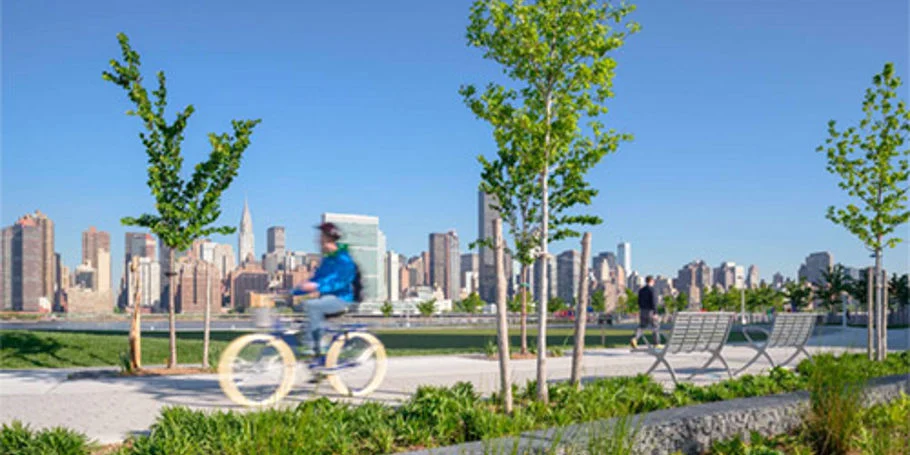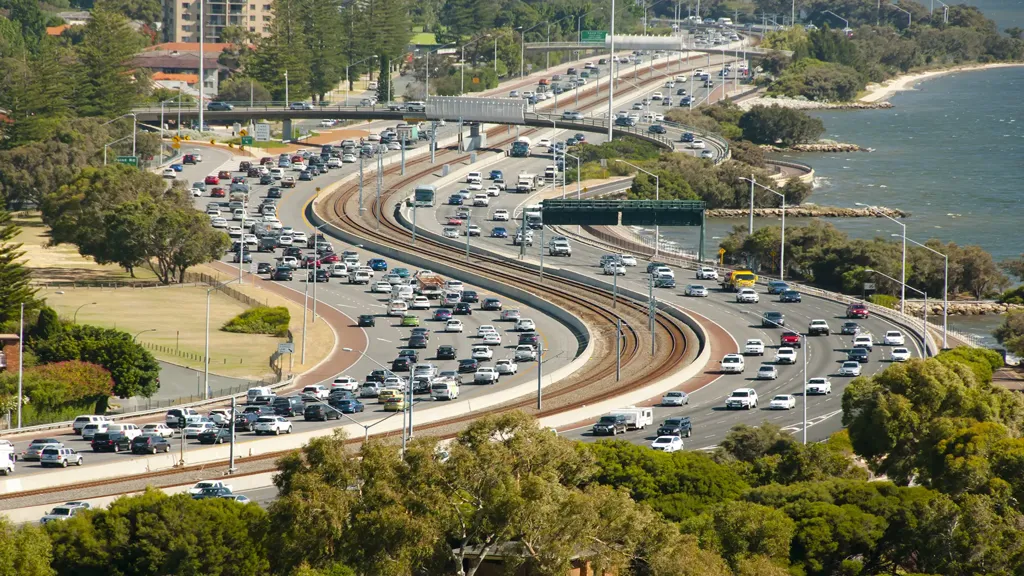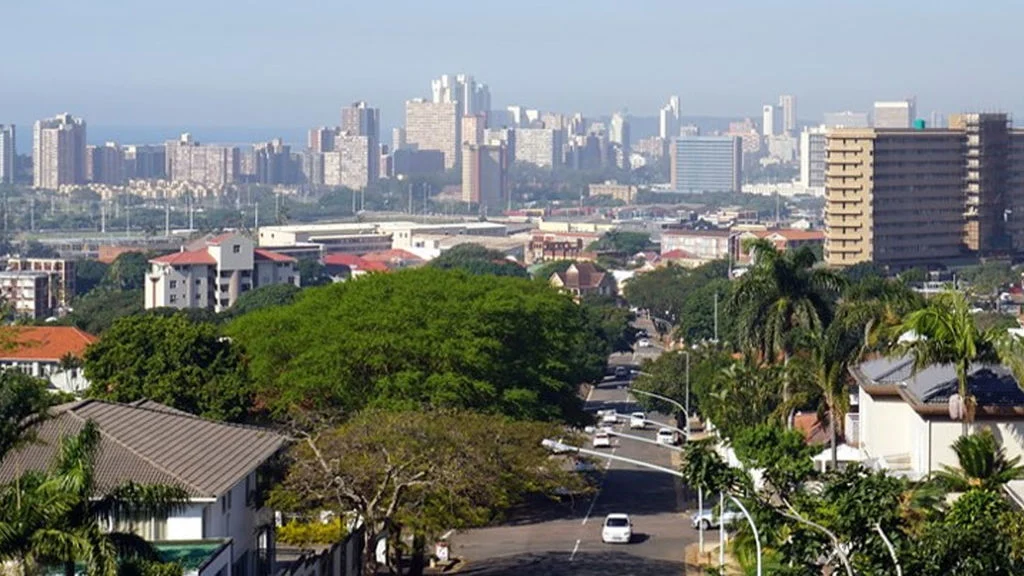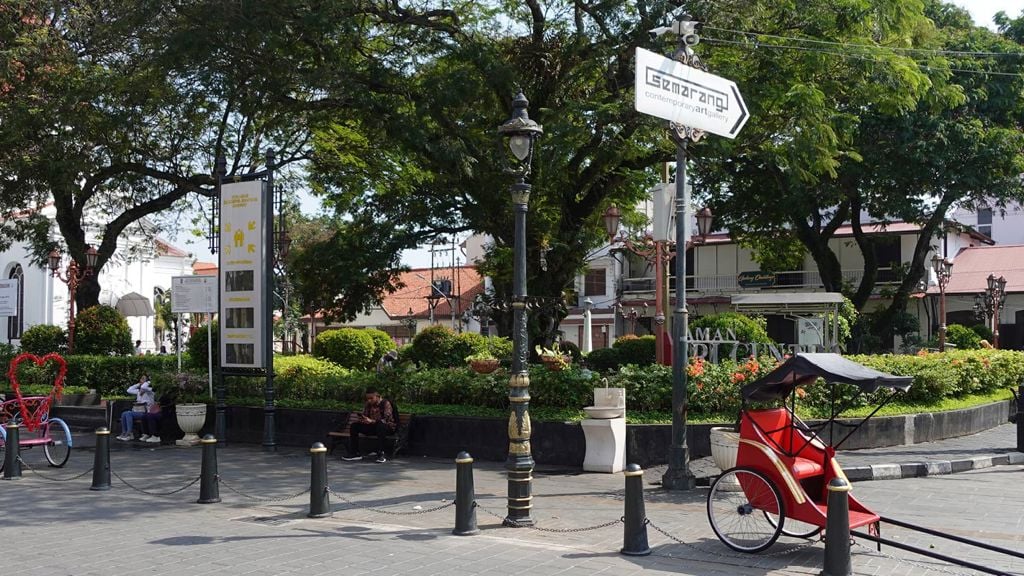A growing body of sustainability regulations are redrawing the financial markets in the European Union, driving an increasing number of private equity investors to adopt ESG criteria to appraise their assets and operations.
Interested in reducing its carbon footprint while avoiding future risk and creating a more efficient operation, French private equity firm Ardian appointed Arup to develop a long-term strategy towards zero carbon for its managed portfolio.
Arup’s sustainability experts worked with Ardian to define the journey towards Net Zero for more than 23 of its office buildings located in Italy, Germany, Spain and France, looking at energy and carbon saving opportunities including embodied carbon, as well as considering how to prime these locations for future changes – be that disinvestment or becoming flexible, for alternative uses. Our team designed detailed strategies for each building, taking into account the different regulations, market context and European policy. Between five and 20 targeted actions were proposed for each.
Energy monitoring, the installation of photovoltaic panels and district network, the performance improvement of walls and windows, as well as the controls for the optimisation of energy consumption to achieve greater energy savings annually are amongst the fields of action to achieve this. The objective of this work was to identify the assets at risk of stranding and prioritise sustainable and carbon reducing investments which will deliver the best decarbonisation potential. Arup also provided a portfolio-level analysis to determine the overall decarbonisation strategy.
Whole-life cycle carbon assessments
Arup delivered a whole-life-cycle carbon impact analysis to estimate the decarbonisation impact of the proposed actions for each building. This analysis determined the embodied and operational carbon emissions of each action in an improved building scenario to compare to the base building scenario (the current one, with no improvements) and determine the return on investment both in cost and carbon metrics.
Arup’s sustainability experts estimated the assets’ energy consumption and CO2 emissions through energy performance labels and the use of dynamic energy modelling. These estimations considered building elements like the envelope, and HVAC and lighting systems, and were benchmarked against international energy consumption standards. Arup’s experts determined that the carbon emissions of the asset portfolio will decrease between 32% and 48% in the short term (from 2022 to 2024), primarily with a set of minor and major building improvements like the upgrade of the building envelope or controls system, and a further 10% and 14% in the long term (from 2035 to 2040), with future major improvements.
The carbon risk of each asset was analysed in the context of the entire portfolio, weighted to a specific gross internal area and CO2 emissions area. The proposed asset decarbonisation strategy was then defined by the portfolio’s weighted climate change risk.







